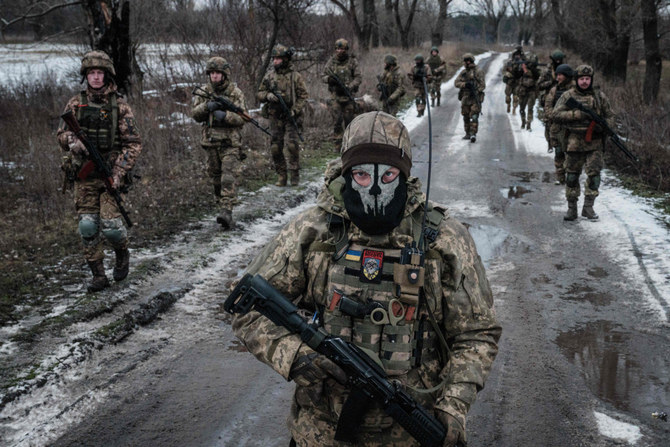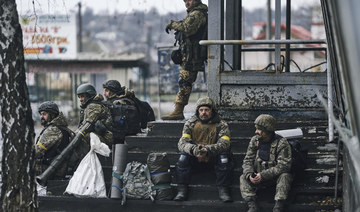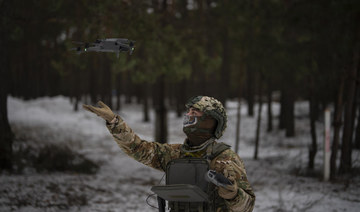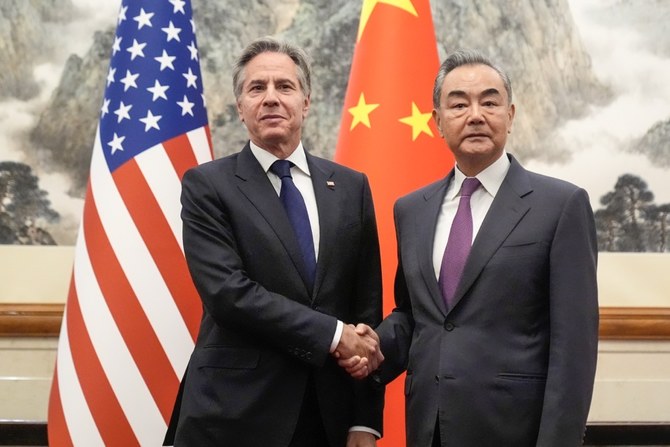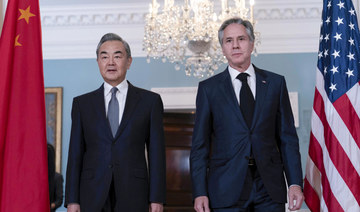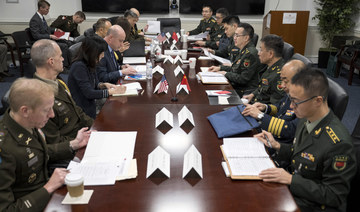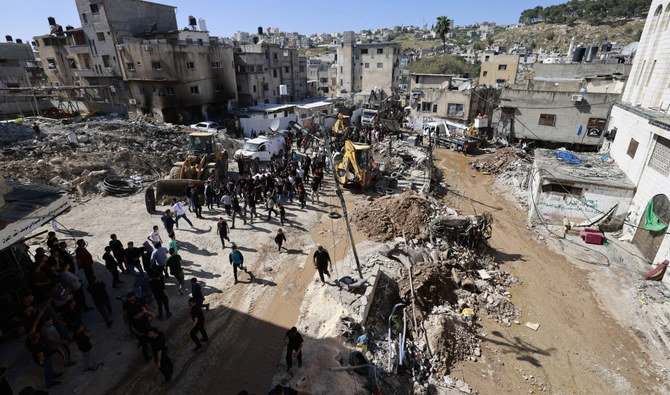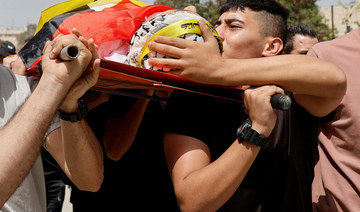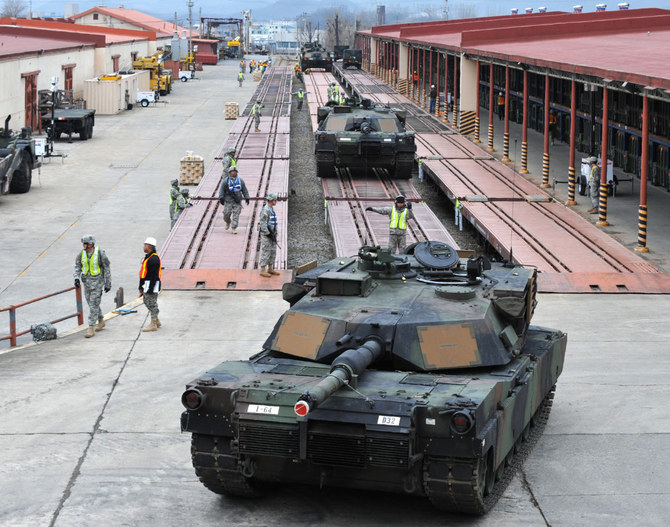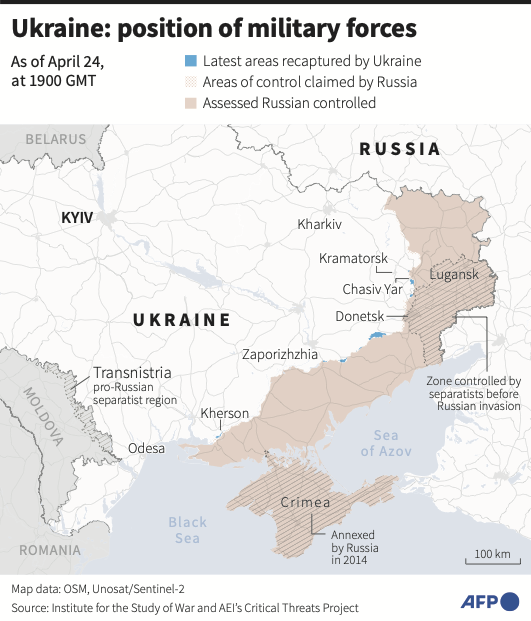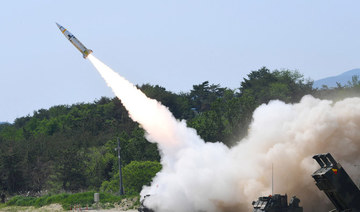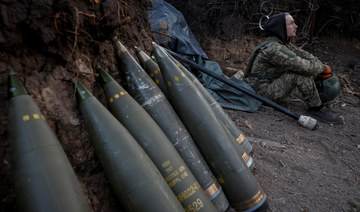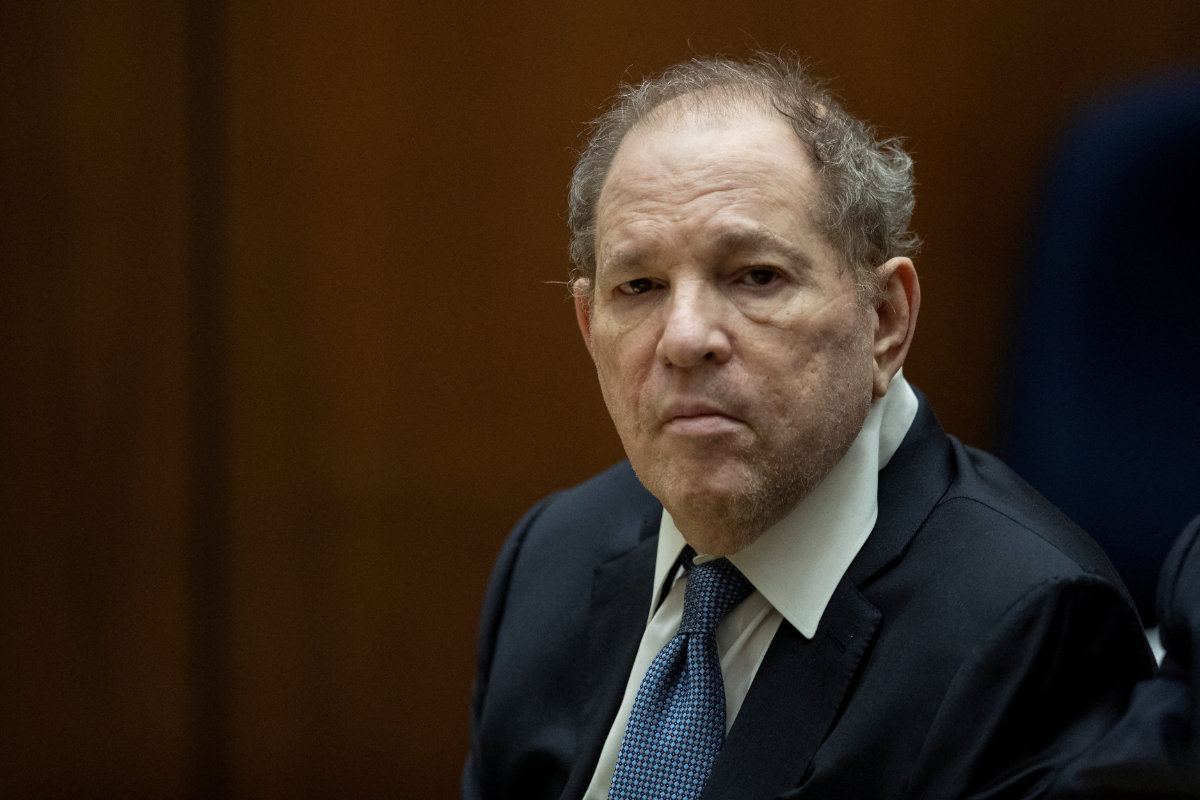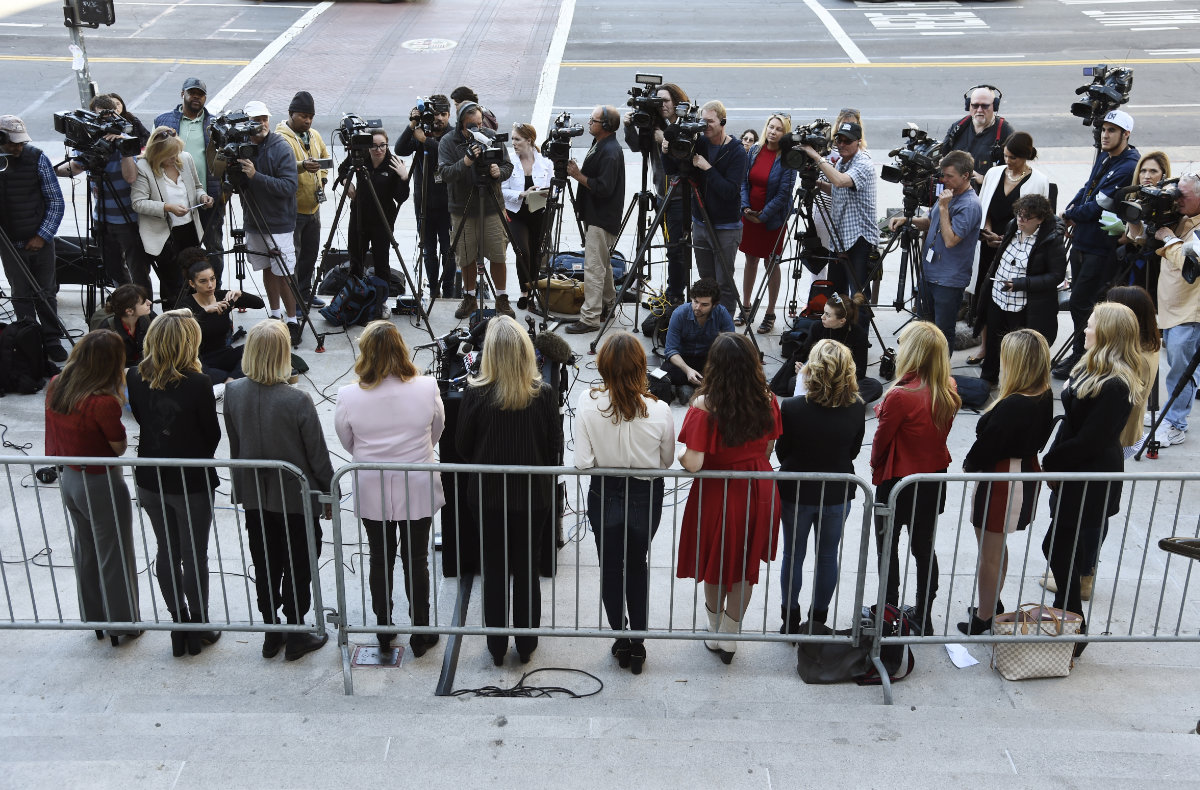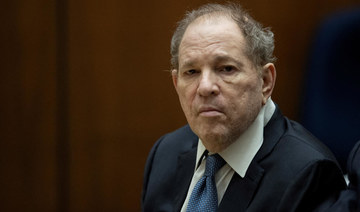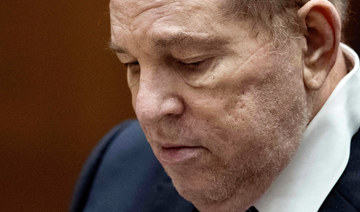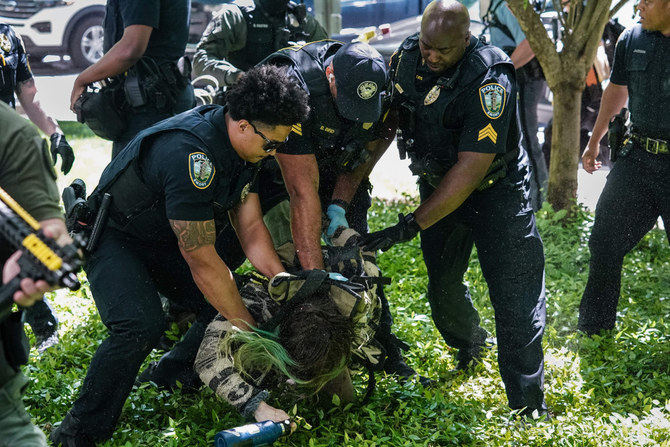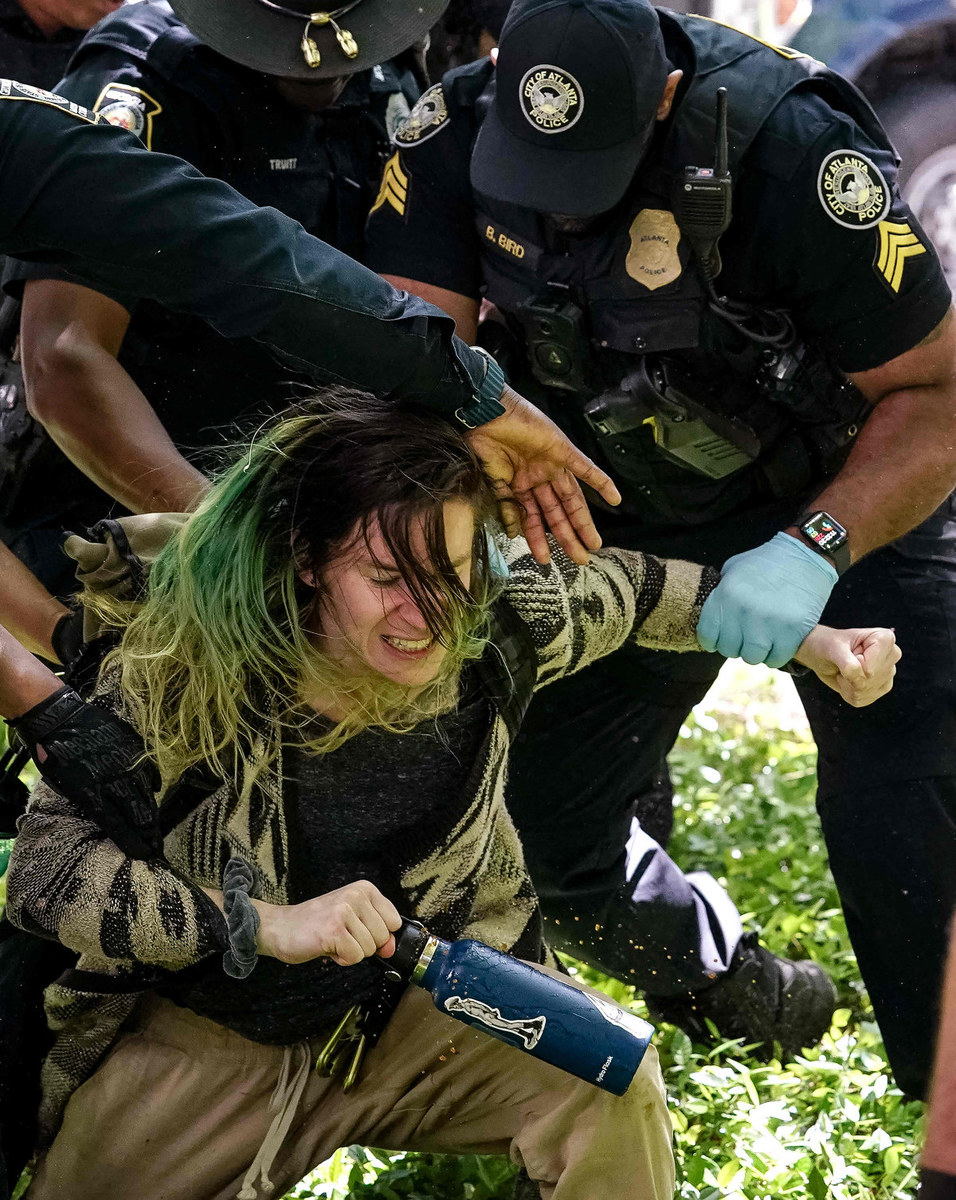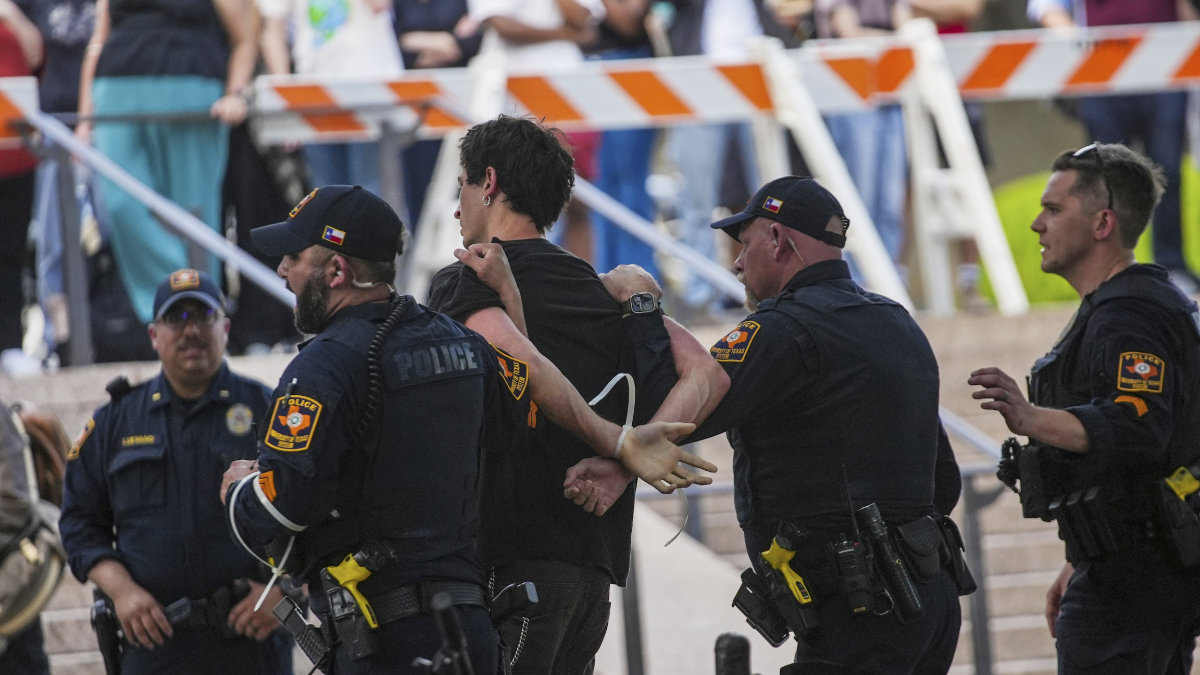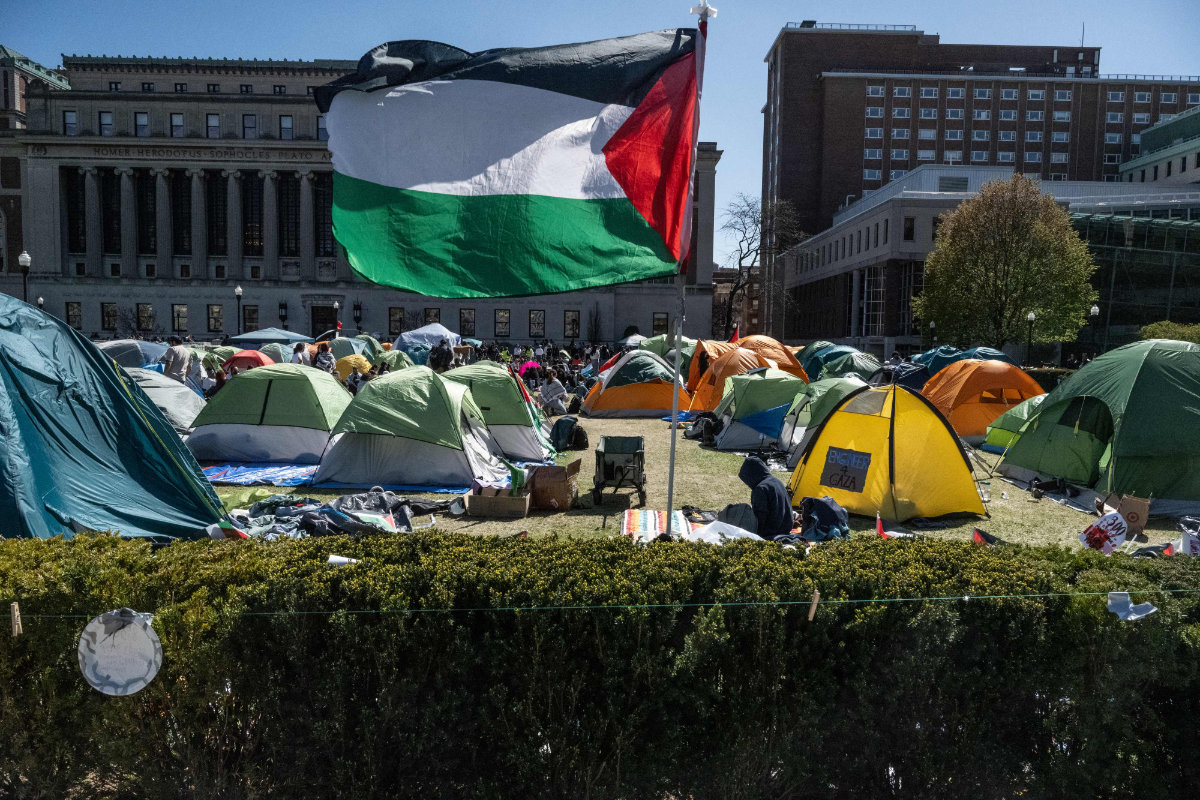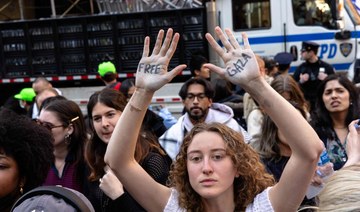KYIV: Ukraine fought off a fresh Russian assault on the embattled eastern city of Bakhmut, its leaders said Saturday, as it endured a fresh wave of shelling in the disputed Donetsk region.
Officials meanwhile recovered the bodies of two British volunteers, killed trying to help evacuate people from the eastern warzone.
And the southern city of Odesa suffered a massive power cut affecting half a million households after an accident at a war-damaged electrical substation.
“This week, the Russian occupation forces threw all their efforts into breaking through our defense and encircling Bakhmut, and launched a powerful offensive in the Lyman sector,” said Deputy Defense Minister Hanna Malyar.
“But thanks to the resilience of our soldiers, they did not succeed.”
Ukraine’s border guard service reported that its soldiers had stopped the latest attack, killing four and wounding seven of the opposing forces.
Russia unleashed a fresh wave of bombardment across the eastern front lines Saturday morning. Ukrainian officials reported shelling in the Chernigiv, Zaporizhzhia, Dnipropetrovsk, Kharkiv Lugansk, Donetsk and Mykolaiv regions.
In his evening address, Ukrainian President Volodymyr Zelensky acknowledged that the situation was getting tougher.
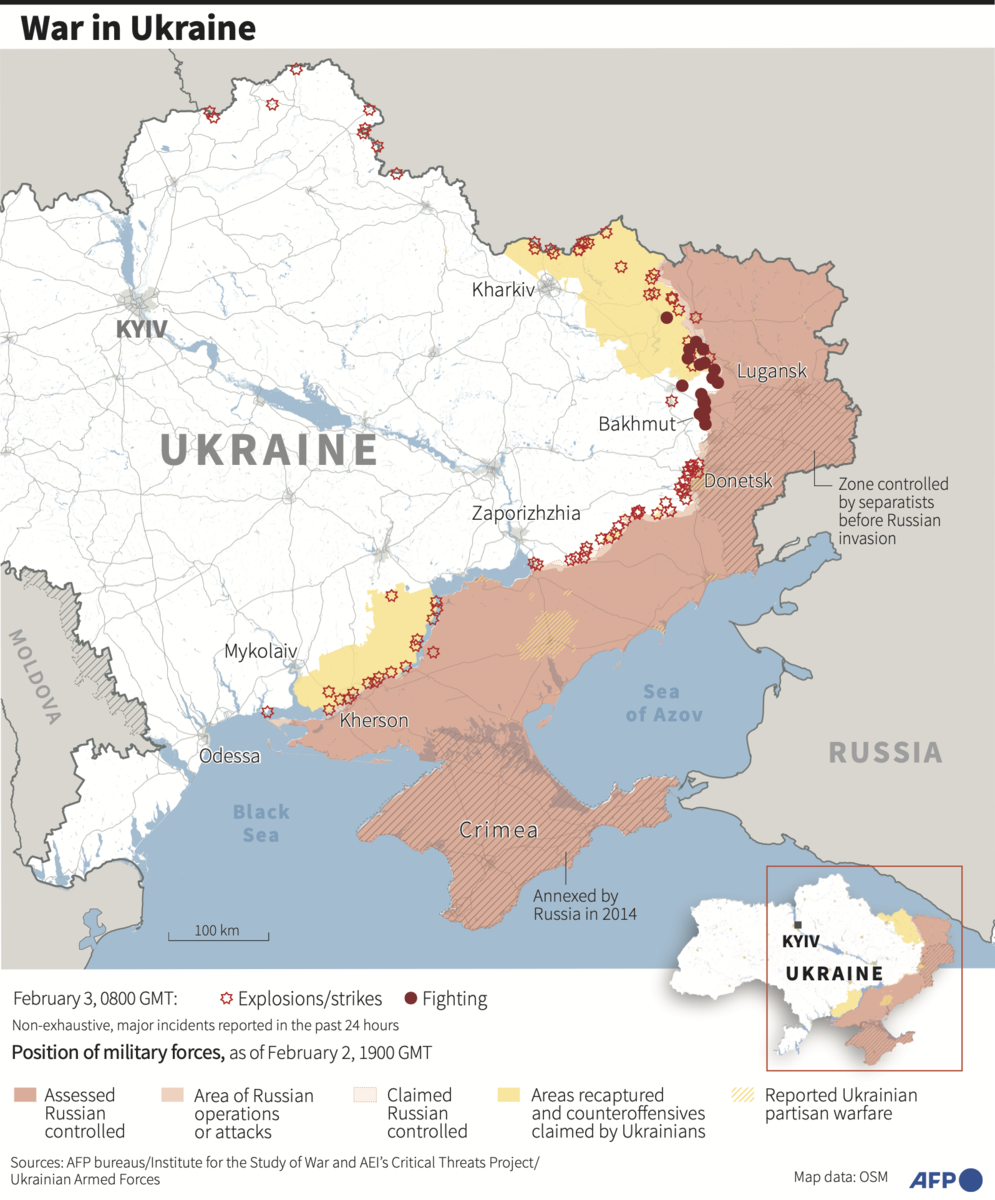
Russia, he said, was “throwing more and more of its forces at breaking down our defense.”
“It is very difficult now in Bakhmut, Vugledar, Lyman and other areas,” he added, referring to the frontline cities in the east of the country.
France, Italy and the United States on Friday all promised fresh deliveries of weapons to Ukraine.
Germany’s leader said in an interview Sunday there was agreement that weapons supplied by the West would not be used to attack Russian territory.
“There is a consensus on this point,” Chancellor Olaf Scholz said in an interview with the weekly Bild am Sonntag.
Kyiv, while expressing its gratitude for the pledged weapons, is already pressing for more, including fighter jets.
2 British rescuers killed
Officials in Kyiv said Saturday that the bodies of the two Britons killed while trying to help people evacuate from the eastern warzone had been recovered in a prisoner swap.
Chris Parry, 28, and Andrew Bagshaw, 47, were undertaking voluntary work in Soledar, in the Donetsk region of Ukraine, when their vehicle was reportedly hit by a shell.
Their bodies were returned to Ukraine authorities as part of a wider exchange, in which Kyiv got 116 prisoners and Russia 63.
“We managed to return the bodies of the dead foreign volunteers,” said Zelensky’s chief of staff Andriy Yermak, naming them as the two British men.
Concern had grown about their fates after the head of the Russian mercenary group Wagner, which helped capture Soledar from Ukrainian forces, said on January 11 that one of the missing men’s bodies had been found there.
Wagner boss Yevgeny Prigozhin had also published online photographs of passports that appeared to belong to Parry and Bagshaw, which he claimed were found with the corpses.
On Friday, news emerged of the death of an American medic killed in Bakhmut when his evacuation vehicle was hit by a missile.
Global Outreach Doctors, with whom he was working, said 33-year-old Pete Reed was a former US Marine Corps rifleman who also worked as a paramedic.
The Odesa power cut hit hundreds of thousands of people.
“As of today, almost 500,000 customers have no electricity supply,” said Maksym Marchenko, of the Odesa regional administration. Energy Minister Herman Galushchenko said that came to “about a third of consumers” there.
“The situation is complex, the scale of the accident is significant,” Prime Minister Denys Shmygal said on messaging app Telegram.
Ukrenergo, the country’s energy operator, reported an accident at a substation supplying both the city and the region of Odesa.
The power network there had been gradually degraded by repeated Russian bombardment in recent months, it added: “As a result, the reliability of power supply in the region has decreased.”
More embargo on Russian products
On Sunday, Russia faces a fresh turn of the sanctions screw, with an embargo on ship deliveries of its refined oil products.
The European Union, the Group of Seven industrialized nations and Australia will cap the price of Moscow’s refined oil products.
Already in December, the EU imposed an embargo on Russian crude oil coming into the bloc by sea and — with its G7 partners — imposed a $60-per-barrel cap on Russian crude exports to other parts of the world.
The new embargo and price caps starting Sunday will target Russian refined oil products such as petrol, diesel and heating fuel arriving on ships.
The Kremlin has warned that the measures will destabilize world markets.



